What are scavengers? Understanding nature’s silent sanitation team
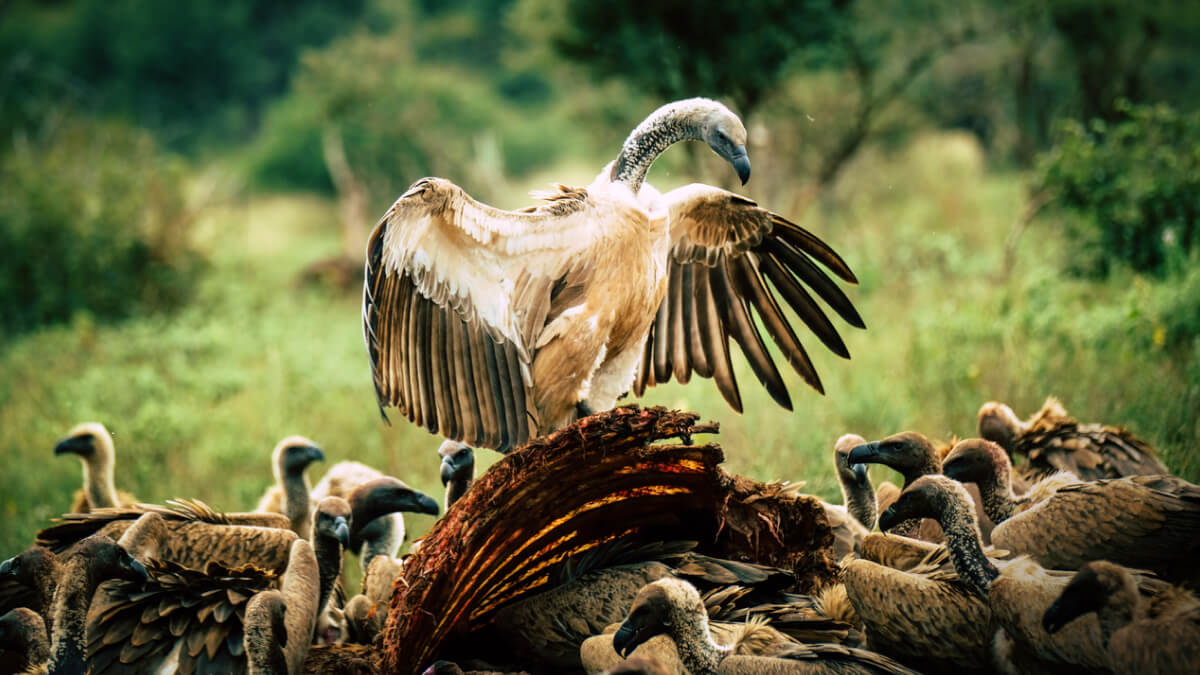
In the grand web of life, some of the planet’s most important members of the food chain have a taste for decay. Scavengers, an often overlooked link in the food chain, play a critical role in maintaining the health of ecosystems around the world.

From vultures picking on carcasses to crabs scuttling around the ocean floor, these animals are nature’s garbage crew. Opportunistic creatures whose dietary requirements recycle nutrients and prevent the spread of disease. Without them, the world would be a much messier (and much more dangerous) place. In this blog post, we will explore the world of scavengers, and why they might be more important than you think.
What are scavengers?
A scavenger is an animal that primarily feeds on carrion — the decaying flesh of dead animals — as well as rotting plant matter and other animal byproducts. While some creatures scavenge when necessary, others survive solely on the flesh of dead animals. This makes them opportunistic carnivores who have not evolved the ability to hunt and kill. Instead, they fly high above the earth or follow the scent of a fresh kill from the ground.
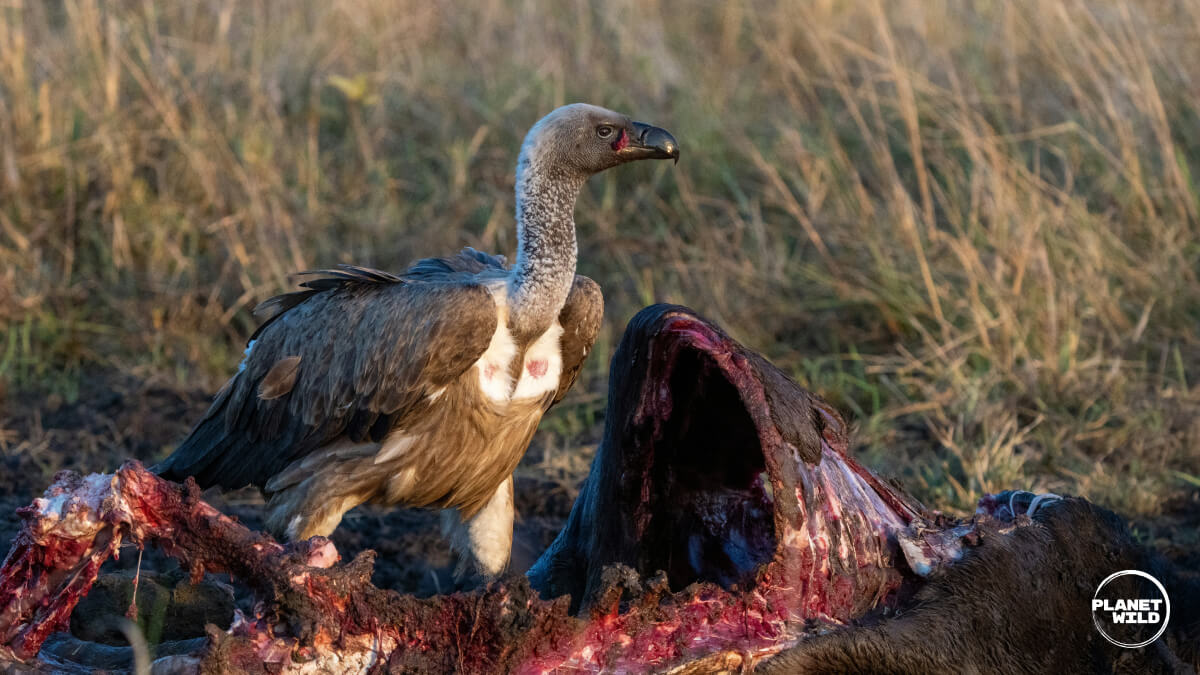
Creatures like vultures, hyenas, and coyotes are among the most recognizable scavengers, though their reputation has often been shaped by negative portrayals in cartoons and popular culture. That said, scavengers are found in almost all ecosystems because of the important function they serve. By cleaning up what remains other animals don’t want, scavengers help return them to the earth.
What do scavengers eat?
Scavengers essentially eat anything dead. Some scavengers, namely vultures and hyenas, have evolved incredibly strong stomach acid — stronger than battery acid — which helps them digest decaying and bacteria-laden meat.
- Carrion: The term used to describe decomposing animal flesh, and it's a primary food source for many scavengers. Examples include road kill, animal carcasses left after predator kills, and naturally deceased animals.
- Rotting plants: Some scavengers, especially among invertebrates and fungi, feed on dead or decaying plant matter.
- Animal byproducts: The leftover parts from predator kills or human waste, including bones, skin, feathers, eggshells, poop (think dung beetles).
- Dead marine life: Aquatic scavengers often feed on dead fish, shellfish, or organic debris that sinks to the ocean floor. Something like a dead whale carcass (also called whale fall) can feed thousands of sea creatures, making it a vital food source and ecosystem for a lot of scavengers.
Why are scavengers so important?
A world without scavengers would look very different from the world we live in today. Without creatures to break down waste, ecosystems would quickly become overwhelmed by dead and decaying animals and plants. They provide ecological balance, keeping ecosystems clean, safe, and sustainable — so much more than simply opportunistic feeders!
Reduce the spread of disease
Carcasses harbor a lot of deadly pathogens and disease. Scavengers reduce the chance of outbreaks by quickly consuming remains that might otherwise spread bacteria or viruses.

Help return nutrients to the earth
By breaking down carcasses and other waste products, scavengers help return important nutrients like calcium, nitrogen, and phosphorus to the soil, which is what makes plants grow strong and supports the food chain.
A key member of the food web
Scavenger animals fill an important but niche role in ecosystems. Their presence supports biodiversity across multiple trophic levels, as they interact with both predators and decomposers, which help regulate population dynamics. For example, decomposers (like bacteria and fungi) would have to handle all organic waste alone, which can lead to imbalances like rapid microbial growth.
What are some examples of scavengers?
Scavengers can be found in all ecosystems, but here are a few examples of the most common and important by ecosystem.
What are the top scavengers in the ocean?
Hagfish
Known for being particularly weird and ugly, hagfish are some of the ocean's more prolific scavengers. They are the only known living creatures that have a skull but no vertebral column (backbone). They use their two rows of circular teeth to hollow out flesh from dead sea creatures that have sunk to the ocean floor.
Greenland shark
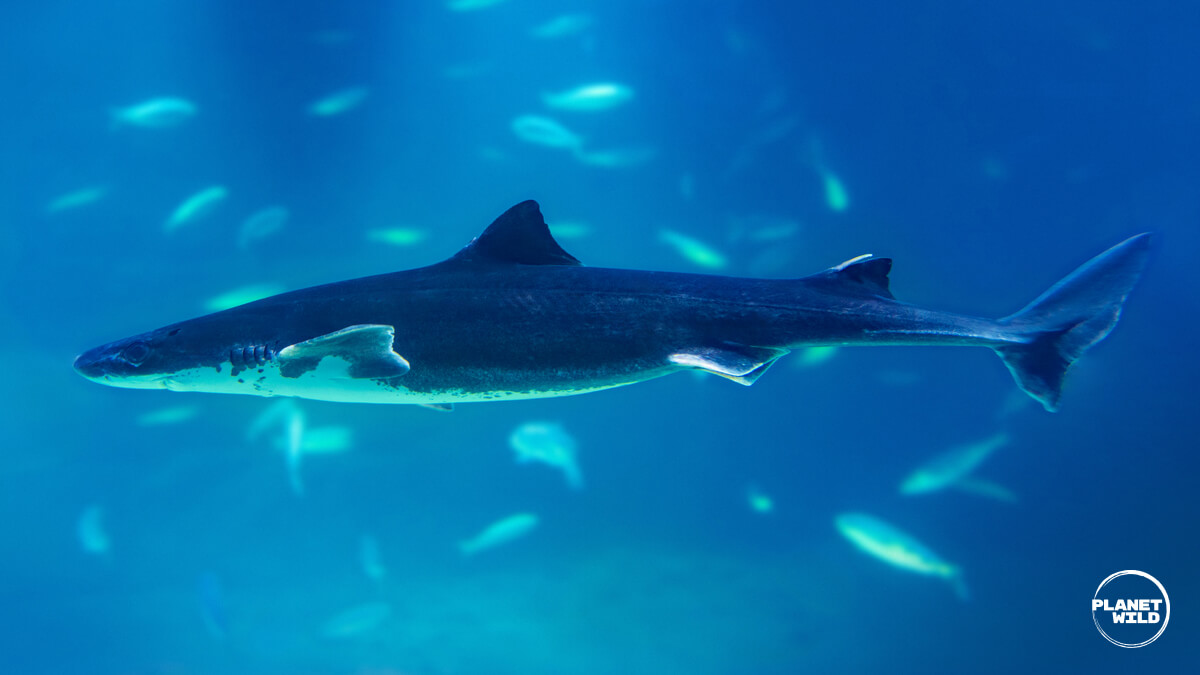
Normally found in deep, cold ocean environments, sleeper sharks, such as the ancient Greenland shark or Pacific sleeper shark, are slow-moving carnivores that feed on carrion like large whale carcasses. They’re rarely seen hunting and often rely on scavenging for survival.
Crabs
Crabs are well known opportunistic ocean scavengers — they'll eat anything from dead fish and mollusks to decaying plant material. Some deep sea crabs, like tanner crabs and galatheid crabs, are key scavengers in breaking down sunken whale carcasses.
What are the top scavengers on land?
Hyenas
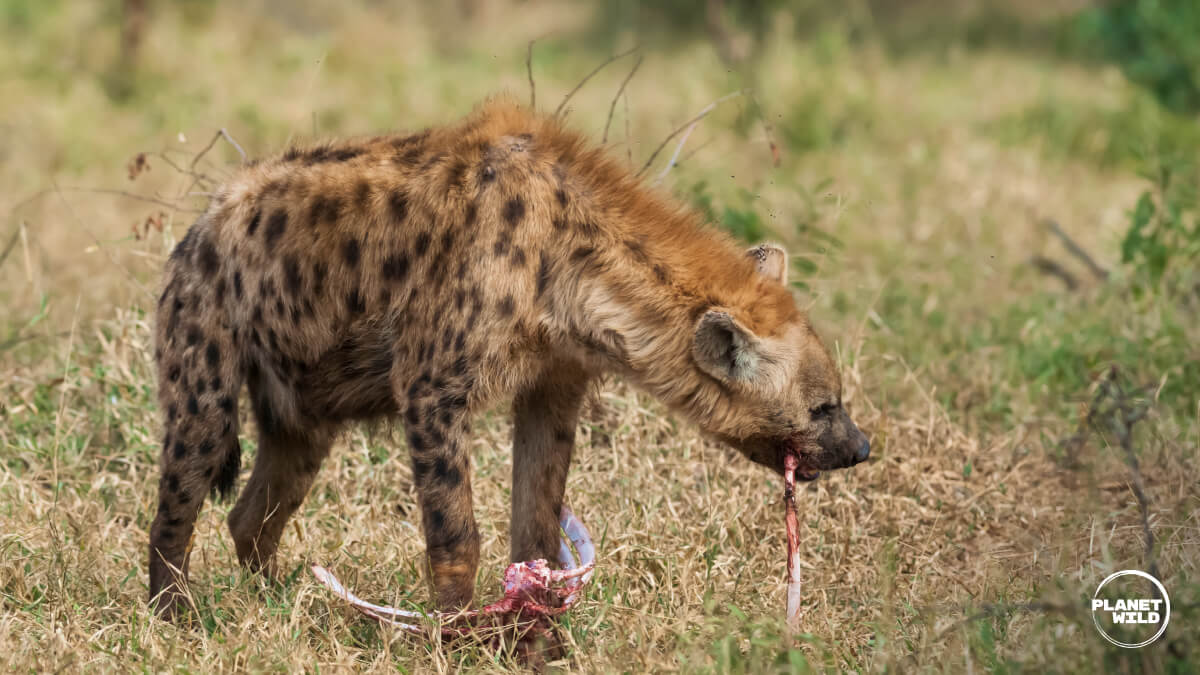
Unlike some other scavengers, mammals like hyenas are also effective hunters. That said, these savanna animals are highly effective at breaking down bones and tough remains that others leave behind.
Coyotes
Native to North America, coyotes are opportunistic scavengers, especially during harsh winters when live prey is harder to come by. They are also skilled hunters, moving across ecosystems in search of food — dead or alive.
Raccoons
Usually seen rummaging through garbage cans, raccoons will eat almost anything. Common in both urban and rural areas, raccoons are smart survivalists, happy to eat garbage, roadkill, and dead animals.
What birds are scavengers?
Vultures

The most iconic scavenger animal, vultures primarily rely on carrion for their survival. One of the most efficient land scavengers, vultures can locate dead animals quickly and consume them before disease can spread — sometimes in minutes. They are found on every continent except Australia and Antarctica.
Gulls
Gulls, like seagulls and herring gulls, are another opportunistic scavenger. They are often found near human settlements, and seen scavenging at landfills and fishing docks.
Kites
Small and agile, kites primarily feed on small animals, insects, and carrion. They often circle road kill, landfill and meat markets, feeding on human refuse. Their long wingspan makes them experts at gliding and spotting feeding spots. Compared to other carnivorous birds, kites have weaker talons, which means they rely more on scavenging than hunting.
Crows
Crows are scavengers, and love to feed on road kill and other dead things. They are also opportunistic and will often snatch up anything they can find — including other baby birds, fruits and grains, and human trash.
How can we protect scavengers?
Despite their importance to the planet, vultures and other apex scavengers are facing major decline, which is more than just bad for nature, it’s a public health crisis. A recent scientific study posed evidence that the decimation of vulture populations in India had increased human mortality by over 4 percent — a million people over five years — due to a major decline in sanitation. Livestock carcasses injected with the toxic drug diclofenac is one of the major reasons why vulture populations in India were effectively whipped out.
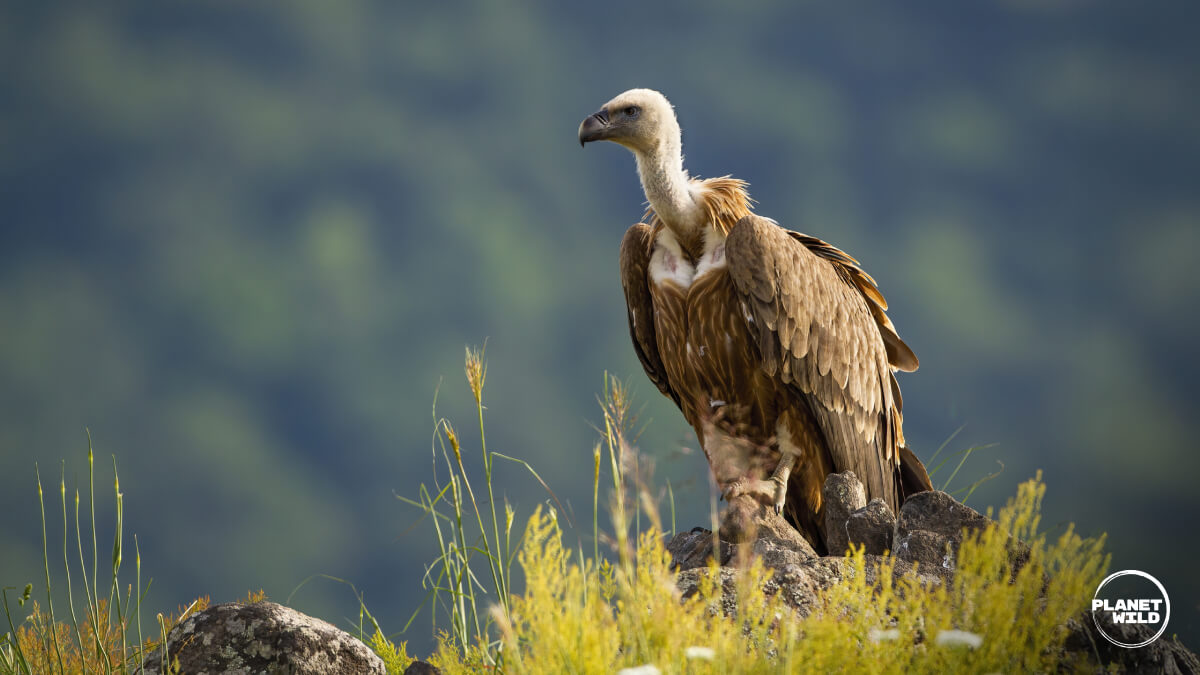
This is just one example of how catastrophic things could get if we don’t take care of our scavengers. An analysis of data from over 1,300 vertebrate scavenger populations revealed that 36% are either threatened or in decline. Habitat loss from urbanization, agriculture, and deforestation is especially bad for vultures because it destroys their nesting sites and reduces access to carrion, making it harder for them to survive.
In some parts of the world, conservationists have realized how valuable scavengers are to the health of an ecosystem, which is why efforts are being made to welcome them back. This is what’s happening in the Muga Valley, a green desert ecosystem that’s been pushed to the brink of collapse. Here we partnered with Pioneers of Our Time, who are returning vultures to this struggling region in the Pyrenees with the goal of boosting biodiversity for the entire ecosystem.
By attracting vultures back to the Muga Valley, they are bringing back the missing link in a healthy food chain, which in turn makes the whole ecosystem function the way it’s supposed to.
Scavengers like vultures, hyenas, and even the hagfish, are way more than nature’s garbage men — they are essential in maintaining the balance, health, and resilience of global ecosystems. These often-overlooked creatures recycle nutrients, prevent disease, and support food web stability. Protecting them means protecting the natural systems we all rely on. By understanding the value of scavengers, we can ensure they are able to keep our planet clean and sanitary, even if we aren’t always totally aware.